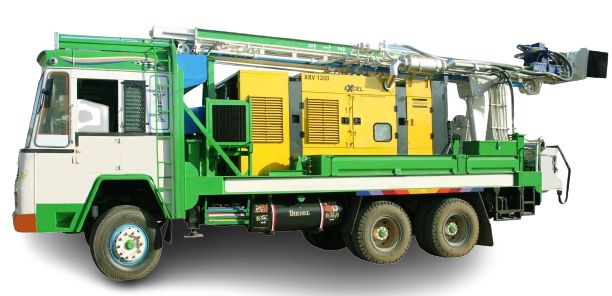In today’s competitive manufacturing environment, CNC efficiency isn’t just about speed — it’s about smart workflows, consistent quality, and maximizing your equipment’s ROI. Whether you’re chasing tighter cycle times, higher output, or better resource utilization, this guide outlines proven strategies to improve both efficiency and productivity on your CNC floor.
1. Optimize Toolpaths & Cutting Parameters
Use Adaptive Roughing
- Switch to high-efficiency toolpaths like trochoidal milling to maintain constant chip loads.
- Reduces tool wear and improves metal removal rates.
Fine-Tune Feeds & Speeds
- Leverage CAM material libraries and real-world feedback to dial in optimal cutting conditions.
- Small adjustments often yield major improvements in cycle time.
Minimize Air Cutting
- Reduce unnecessary rapid/retract movements.
- Start operations within part boundaries to save non-cutting time.
Tip: Simulate toolpaths before machining to catch inefficiencies.
2. Leverage High-Performance Tooling
Upgrade to Coated Carbide Tools
- Use wear-resistant coatings (e.g., TiAlN, ZrN) for higher speeds and extended tool life.
Select the Right Geometry
- Variable-flute designs help reduce chatter.
- Indexable inserts make re-tipping faster and more economical.
Implement Tool-Life Tracking
- Use M-codes, sensors, or tool-setting probes to automate replacement alerts and prevent tool failure mid-run.
3. Reduce Fixturing & Setup Time
Use Modular Fixturing Systems
- Invest in T-slot tables, quick-change pallets, or magnetic chucks for fast repeatable setups.
Set Up Offline
- Pre-stage workholding on a second setup station to keep your main spindle cutting while the next job is prepared.
Standardize Setup Instructions
- Post laminated job setup sheets and tooling lists at every workstation to reduce guesswork and operator error.
4. Automate Where It Makes Sense
Maximize ATC Use
- Prioritize commonly used tools at the front of the magazine to reduce carousel rotation time.
Automate Material Handling
- Use bar feeders, robotic arms, or conveyor systems to eliminate loading downtime during long runs.
Streamline Program Delivery
- Move away from USB sticks and enable networked DNC (Direct Numerical Control) for faster, version-controlled uploads.
5. Implement Preventive Maintenance & Monitoring
Stick to a PM Schedule
- Daily/weekly checklists for lubrication, coolant levels, chip clearing, and filter maintenance.
Use Condition Monitoring
- Install vibration or thermal sensors on high-load components like spindles or servo motors.
Analyze Machine Usage Data
- Track alarms, tool changes, and spindle hours to schedule predictive maintenance during low-load periods.
6. Embrace Lean & Continuous Improvement
Value-Stream Mapping
- Identify non-value-added steps like excessive tool changes, part movement, or rework.
Apply SMED Techniques
- Break down your setup steps and reduce changeovers to under 10 minutes using standardized processes.
Run Kaizen Events
- Involve operators in brainstorming quick wins—these often yield the biggest improvements with the smallest investment.
7. Train & Empower Your Team
Cross-Train Operators
- Ensure machinists can adjust basic CAM settings and identify inefficiencies.
Practice Simulation & Dry Runs
- Validate programs with CAM simulators or G-code verifiers before loading into the machine.
Reward Efficiency
- Offer incentives for reduced scrap rates, faster setups, or smart problem-solving.
8. Utilize Advanced Software & Digital Tools
Toolpath Verification
- Use software like VERICUT, Fusion 360 Simulation, or NC Simul to avoid tool collisions or errors pre-run.
Install Real-Time Analytics Dashboards
- Monitor machine utilization, cycle time, OEE (Overall Equipment Effectiveness) on a live dashboard.
Standardize on Integrated CAD/CAM
- A unified design-to-machining environment reduces handoff delays and translation errors.
Quick Efficiency Checklist
Optimize adaptive toolpaths and feeds/speeds.
Upgrade tooling to coated carbide or indexables.
Use modular fixturing and standardized setups.
Automate material loading and tool changing.
Stick to a daily/weekly maintenance routine.
Eliminate workflow waste using SMED and value mapping.
Cross-train operators and run simulations.
Implement real-time performance tracking.
